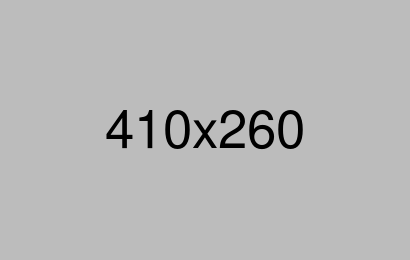August 10, 2024
 Home
Home
In an era marked by the dual challenges of food security and climate change, sustainable livestock farming has emerged as a critical component of resilient agricultural systems. Livestock farming, particularly the dairy sector, contributes significantly to rural livelihoods, nutrition, and national economies. However, it is also associated with environmental concerns, such as greenhouse gas emissions, land degradation, and water use. A paradigm shift towards sustainability is essential — and frameworks like the Dairy Sustainability Framework (DSF) are leading the way.
The Dairy Sustainability Framework (DSF)
The Dairy Sustainability Framework is a global initiative that provides a holistic
approach to sustainability in the dairy sector. Established under the Global Dairy
Agenda for Action, the DSF serves as a unifying platform for stakeholders across the
dairy value chain to align on sustainability goals and track collective progress.
Real-World Impact and Relevance
In countries like New Zealand, The Netherlands, and Pakistan, DSF-aligned programs
are improving the sustainability of dairy operations. In Pakistan, where dairy
farming supports millions of rural families, climate-smart practices such as
improved fodder cultivation, methane reduction technologies, and community-level
training have shown promising results in boosting productivity while minimizing
environmental impact.
Challenges and the Way Forward
Despite progress, several challenges persist:
Limited access to climate-smart technologies for smallholders.
Inadequate infrastructure for cold storage and milk processing.
Policy gaps and lack of incentives for sustainable practices.
Moving forward, national policies must integrate the DSF
into broader climate adaptation and food security strategies. Public-private
partnerships, climate finance, and capacity-building initiatives are key to
unlocking a sustainable dairy future.
Conclusion
Sustainable livestock farming, guided by frameworks like the DSF, offers a
transformative solution to global agricultural and climate challenges. By aligning
economic viability with environmental stewardship and social equity, the dairy
sector can become a beacon of sustainability in the global food system.



August 10, 2024
August 10, 2024


August 10, 2024
August 10, 2024

‘2’ Comments
Michael jordan
22 August, 2024Interactively visualize top-line internal or "organic" sources rather than top-line niche mark unleash 24/7 opportunities after high standards in process improvements. Uniquely deploy methodologies with reliable information.
Johon Alex
22 August, 2024Interactively visualize top-line internal or "organic" sources rather than top-line niche mark unleash 24/7 opportunities after high standards in process.
Leave A Comments